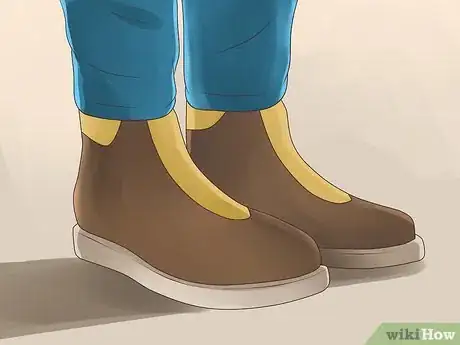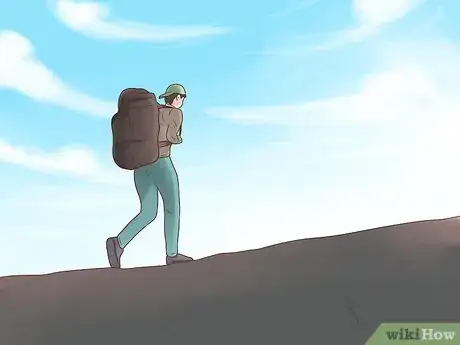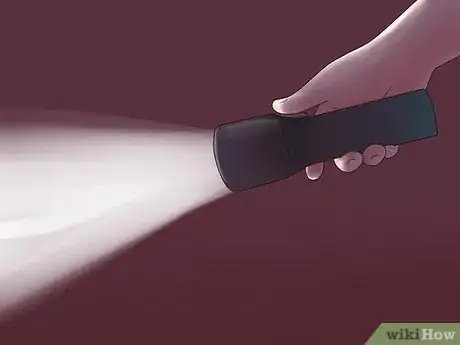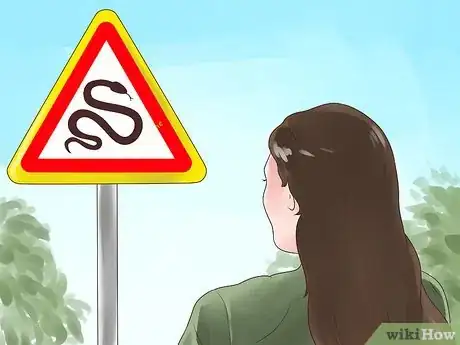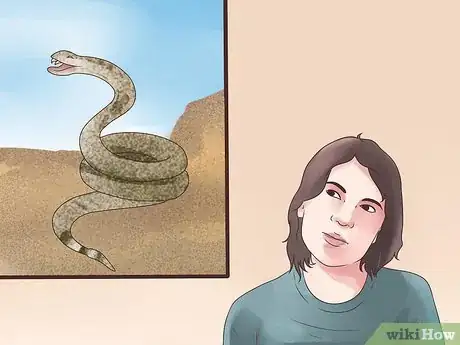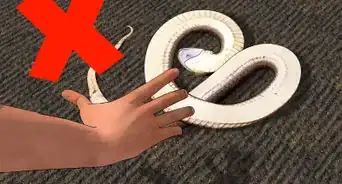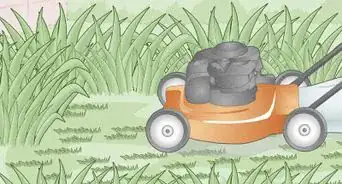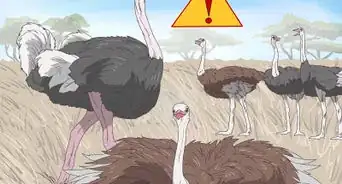wikiHow is a “wiki,” similar to Wikipedia, which means that many of our articles are co-written by multiple authors. To create this article, 58 people, some anonymous, worked to edit and improve it over time.
There are 9 references cited in this article, which can be found at the bottom of the page.
wikiHow marks an article as reader-approved once it receives enough positive feedback. This article received 11 testimonials and 90% of readers who voted found it helpful, earning it our reader-approved status.
This article has been viewed 576,731 times.
Learn more...
Planning on doing some hiking out in the wilderness? If you’re in the Western Hemisphere, you’ll want to keep an eye out for rattlesnakes. These pit vipers are abundant, Rattlesnakes are venomous pit vipers that do not go out of their way to attack people, but they can lash out and bite if you scare them accidentally. Luckily, it’s usually pretty easy to avoid rattlesnakes, and we’re here to show you how. In this article, we’ll cover everything you need to know about staying safe around rattlesnakes in the wild.
Steps
Warnings
- Never pick up what seems to be a dead rattlesnake. It may be resting deeply or simply not moving in a way that is detectable to your eye. Just leave well enough alone.⧼thumbs_response⧽
- Do not cut, suck or drain snakebites — these are old-fashioned methods that have been proven to not work.⧼thumbs_response⧽
- Pavement stays warm after sundown. Rattlesnakes may find their way onto a warm road or sidewalk on a cool evening to keep warm. Use caution after sundown when walking on paved roads or sidewalks.⧼thumbs_response⧽
- Never pick up a freshly killed rattlesnake. It can bite reflexively even though it is dead.⧼thumbs_response⧽
- Do not buy a snake kit; they don't work.⧼thumbs_response⧽
- Rattlesnakes are protected in many areas. Do not kill them unless the situation involves immediate danger to humans or domestic animals. It is senseless and it might land you in jail for hurting a protected animal.⧼thumbs_response⧽
- Never put a tourniquet on a limb bitten by a snake. It may cause necrosis and the loss of the limb. Stay calm and seek medical attention.⧼thumbs_response⧽
References
- ↑ http://www.alongtheway.org/rattlesnakes/faq.html
- ↑ https://www.wta.org/news/signpost/how-to-hike-in-rattlesnake-country
- ↑ https://health.ucdavis.edu/welcome/features/2015-2016/09/20150918_rattlesnake-bites.html
- ↑ https://www.denverhealth.org/blog/2017/01/rattlesnake-bite-prevention
- ↑ https://health.ucdavis.edu/welcome/features/2015-2016/09/20150918_rattlesnake-bites.html
- ↑ http://www.alongtheway.org/rattlesnakes/close.html
- ↑ http://www.alongtheway.org/rattlesnakes/close.html
- ↑ https://www.mayoclinic.org/first-aid/first-aid-snake-bites/basics/art-20056681
- "RATTLESNAKE!" by Willis Lamm - reference
- San Diego Zoo: Rattlesnakes Information - reference
- Arizona-Sonora Desert Museum – reference


